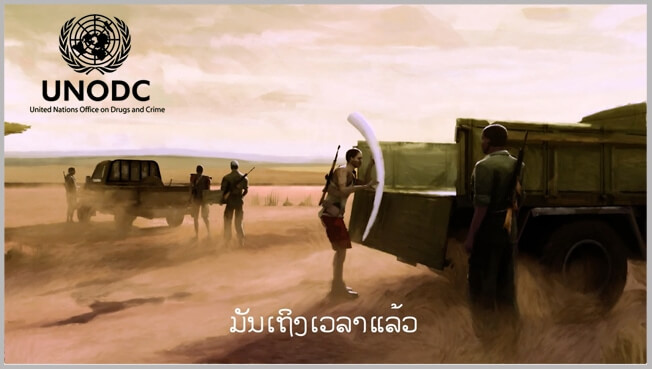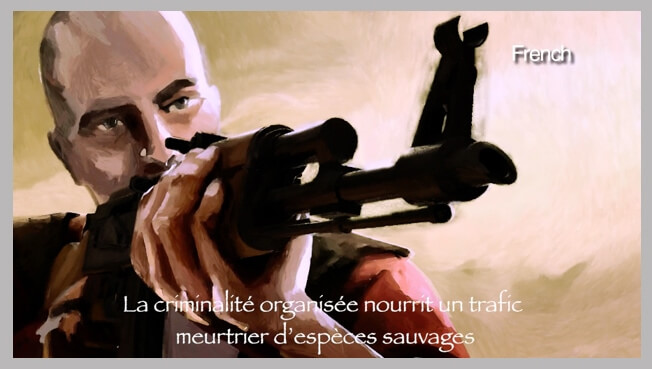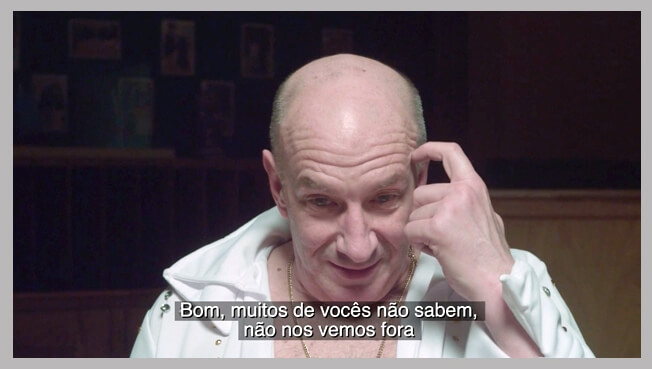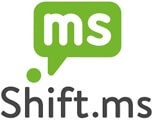Adelphi is a subtitling agency producing quality subtitles in over 80 languages. Our subtitling services include transcription, subtitle translations including SRT and STL formats and on-screen text localization.
As a subtitling company, we have come to understand the do’s and don’ts when clients order subtitles in a foreign language. In this article, we have given some tips to follow when planning your subtitle localization.
Tips and advice when subtitling your videos into foreign languages
On many occasions, we have been given a commission for subtitling with little or no background information on the subject, only to be told after the subtitles are done that the company name or product names do not match what has been used previously. During the translation process, we often ask if there a set way to translate certain terms, brands, functions and button names associated with the subject matter and be told no, only to be told differently when the subtitling is finished. This often happens when the subtitling has been commissioned by an agency who have not asked their end-client the questions we asked and only comes to light when the end client sees the video.
- Always check: if the subject matter has already been translated into the language you require, as this might mean there are established ways to spell product names, function/button names etc. Where possible, provide a glossary list of these, so we can inform our translators. This should be done before translation starts, as it is harder to incorporate such changes afterward and will result in additional costs for the client to fix it.
Many times, we will have half or fully completed the subtitling process only to be informed that the video we had been working on has been changed and there is a new version the client wants us to subtitle, either with new parts added or parts taken out.
- Make sure: the video you provide us with is final, as changes to the source material in the middle of the project could result in the need to repeat part or all of the work already completed at additional cost and time. Even small changes, if they turn out to be difficult to realize once the translation and subtitling are done, can cause a disproportionate and surprising amount of disruption and extra work.
A common error is when clients wish us to use their translations is for them to provide a non-timecoded transcript translated into all of the requested languages. This is well-intentioned but actually does not help the process at all.
- It is always best: to transcribe the video with time-codes in the original language first and only then translate, so only one set of time-coding needs to be done. If not, then we must time-code each language’s translation individually, meaning extra costs and longer turnarounds. To subtitle, we need translations to be in a caption format like SRT, which defines time-codes for when text should appear on-screen. This is why we create that format in the video’s original language first, then provide this to the client to have translated according to some basic instructions that respect the format. This means we only have to transcribe once. When clients provide multiple non-timecoded translations in Word files, as is often the case, we have to create new transcripts for every language, and transcriptionists are surprisingly harder to source than translators. In the past, this has meant that we have been unable to assist some clients with requests for rarer languages, because no specialist transcriptionist exists for them, even though the job would be more than possible if carried out with the optimal workflow.
Other advice we can offer of particular relevance to production houses is:
- If: you are planning on shooting raw footage on location in a language you are unfamiliar with and editing it later, please ask your guide or interpreter if they can give you a written transcript of everything that was recorded. This will save you time and money when you return and need to cut the footage, as you then only need to ask for a translation of the transcript, rather than a transcript and translation, which takes longer to produce and costs more.
If you need advice on any aspect of localizing your video with foreign language subtitles, then get in touch with Adelphi. Adelphi is a subtitling company creating localized subtitles for advertising and design agencies, translation companies and media organizations worldwide. Our in-house subtitle translation department specializes in providing translations and SRT and STL subtitle caption files specifically for subtitling projects. SRT and STL files are often used to provide subtitles for YouTube videos.
Included in Adelphi’s subtitling services is our capacity to localize motion graphics and animations, printed materials, Articulate Storyline e-learning projects and any on-screen text, in-house with no outsourcing, making Adelphi the full-service foreign language localization agency for all your subtitling requirements.
Adelphi Studio offers subtitling and voice-over services globally from our offices in the UK and the USA.
All US, Canadian, and South American inquiries should be directed to our US office while all other inquiries should go to our UK office.
US Office
Tel : 916 414 8714
Email: us@adelphistudio.com
UK Office
Tel : +44 (0)114 272 3772
Email: sales@adelphistudio.com









